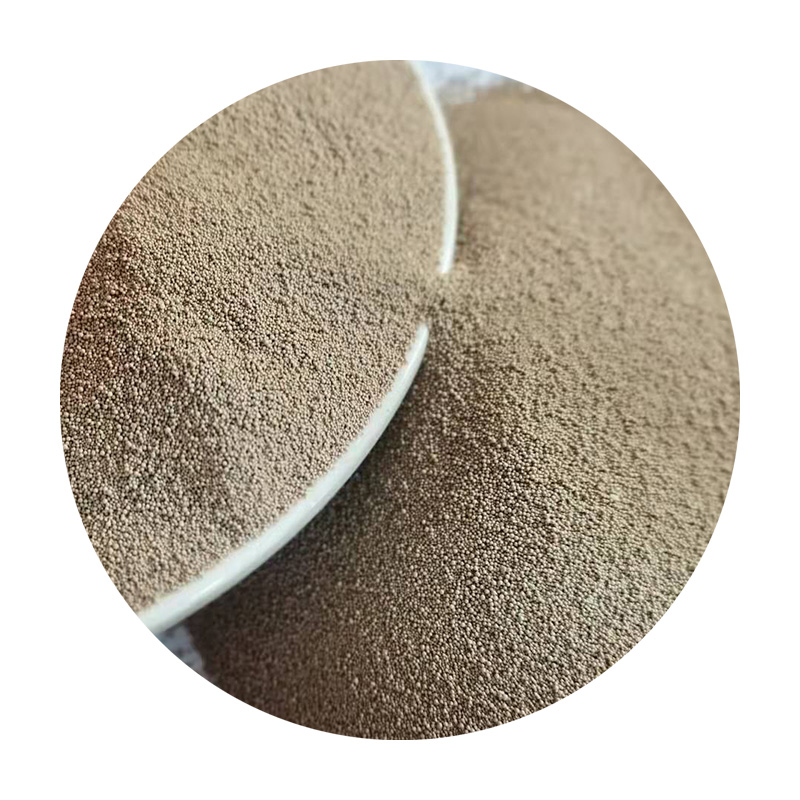Sand Castings An Essential Manufacturing Process
Sand casting, one of the oldest and most versatile manufacturing processes, has been a staple in the production of metal components for centuries. This technique is not only cost-effective but also capable of creating complex shapes and intricate details. In this article, we will explore the fundamentals of sand casting, its advantages and disadvantages, as well as its various applications across different industries.
What is Sand Casting?
Sand casting is a metal casting process that involves pouring molten metal into a mold formed from sand. The basic components of sand casting include the pattern, mold, core, and molten metal. Typically, a pattern made of metal, wood, or plastic is created to form the shape of the desired final product. The pattern is then placed in a mixture of sand and a binding agent, which is compacted around it to create a mold.
Once the mold is prepared, the pattern is removed, leaving a cavity in the shape of the desired part. If internal features or complex shapes are needed, cores made of sand are used to create these internal voids in the mold. After the mold is completed, molten metal is poured into the cavity, filling it completely. After cooling and solidification, the mold is broken away, revealing the finished casting.
Advantages of Sand Casting
One of the primary advantages of sand casting is its cost-effectiveness. The materials used, particularly sand, are inexpensive and readily available. Furthermore, the process is highly adaptable, allowing for small production runs as well as large-scale batch production. Unlike other casting methods that may require expensive machinery, sand casting can be performed using simpler equipment, making it accessible for small manufacturers and hobbyists alike.
Another significant advantage of sand casting is its ability to produce large and complex parts. The casting process can create intricate designs with a high degree of accuracy, making it suitable for various applications across several industries. In addition to this, sand casting can accommodate a wide range of metals, including iron, aluminum, and steel.
sand castings

Disadvantages of Sand Casting
Despite its many benefits, sand casting is not without its drawbacks. One of the main disadvantages is the surface finish and dimensional accuracy, which may not be as refined as other casting methods such as die casting or investment casting. Additionally, sand casting can produce impurities and gas porosity in the final product, which can affect the material’s mechanical properties.
Moreover, the sand casting process can be labor-intensive and time-consuming, particularly when it comes to the preparation of molds and patterns. This aspect can limit its viability for high-volume production unless automated systems are employed.
Applications of Sand Casting
Sand casting is used across a wide range of industries, from automotive and aerospace to machinery and art. In the automotive industry, sand casting is often employed for manufacturing engine blocks, cylinder heads, and various other components. The aeronautical sector also utilizes sand casting for producing intricate parts that require a balance of strength and weight.
Additionally, sand casting plays a significant role in the production of decorative items and artistic sculptures. Artists and sculptors utilize this technique to create unique art pieces that require detailed craftsmanship.
Conclusion
In summary, sand casting remains a vital and widely used manufacturing process that offers many advantages despite its limitations. Its cost-effectiveness, versatility, and ability to produce complex shapes make it an invaluable method for creating metal components in various industries. With advancements in technology and materials, the sand casting process continues to evolve, enhancing its capabilities and expanding its applications in the modern manufacturing landscape. As industries continue to seek efficient and effective means of production, sand casting will undoubtedly persist as a cornerstone of metalworking for years to come.
Post time:ಡಿಸೆ . 04, 2024 18:45
Next:importance of sand casting
